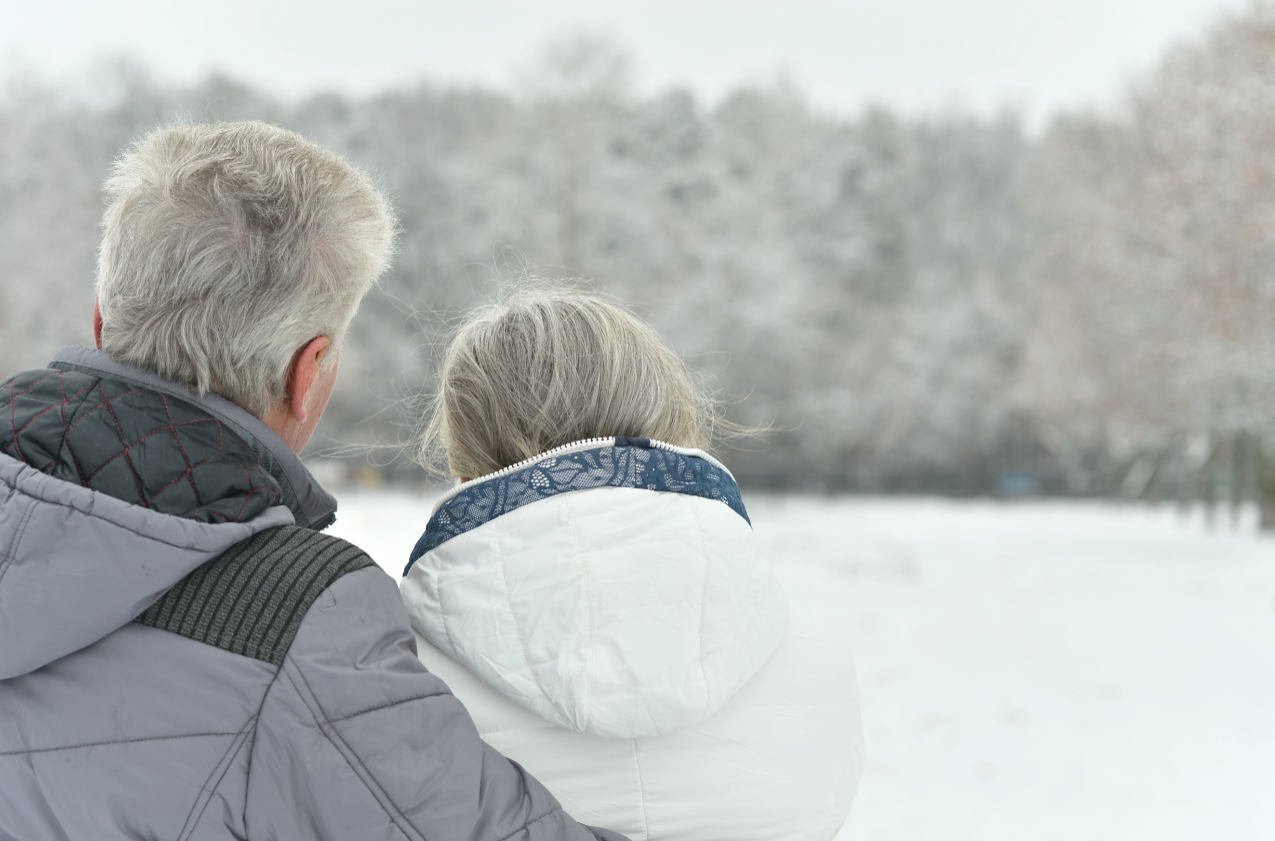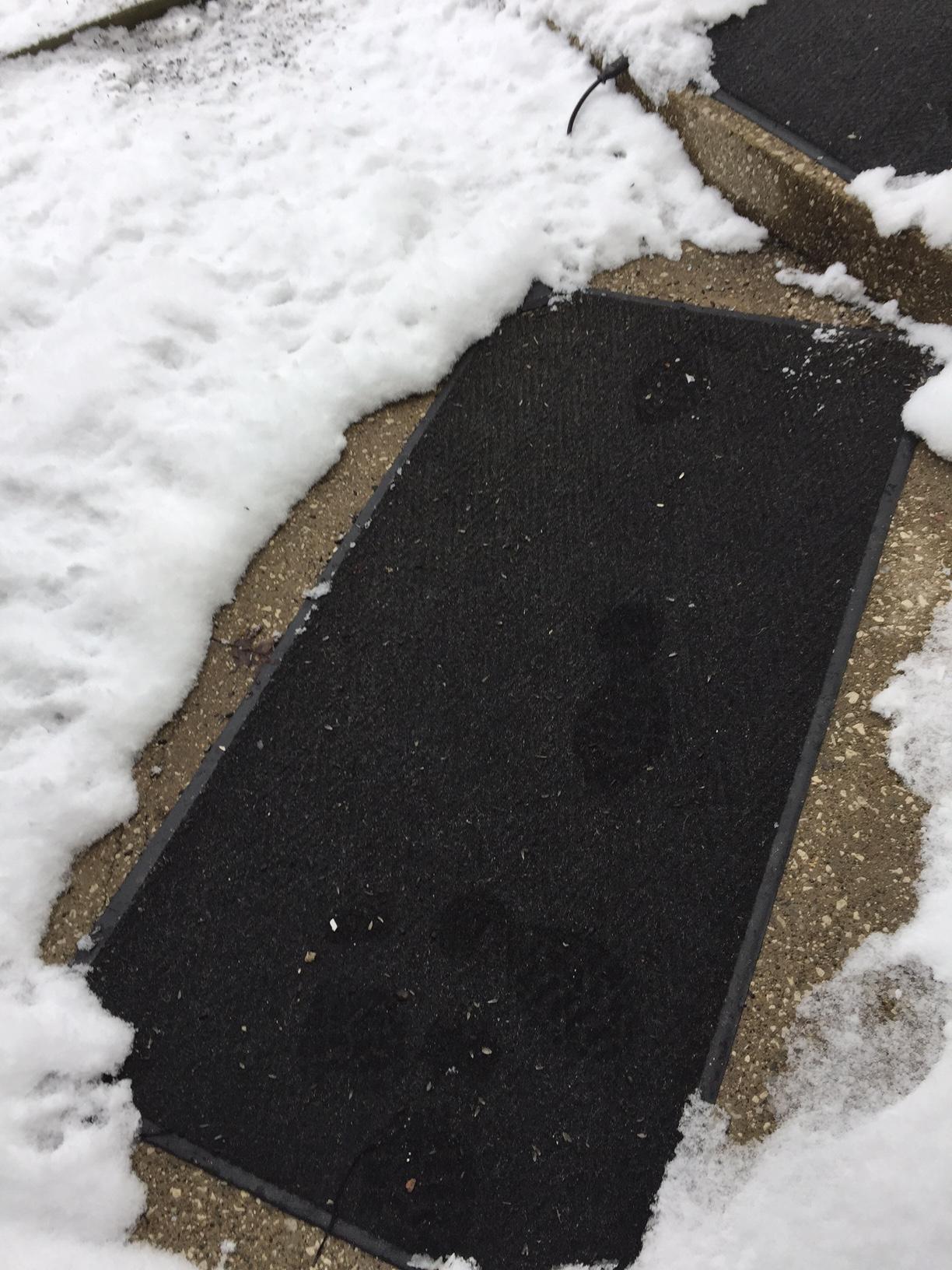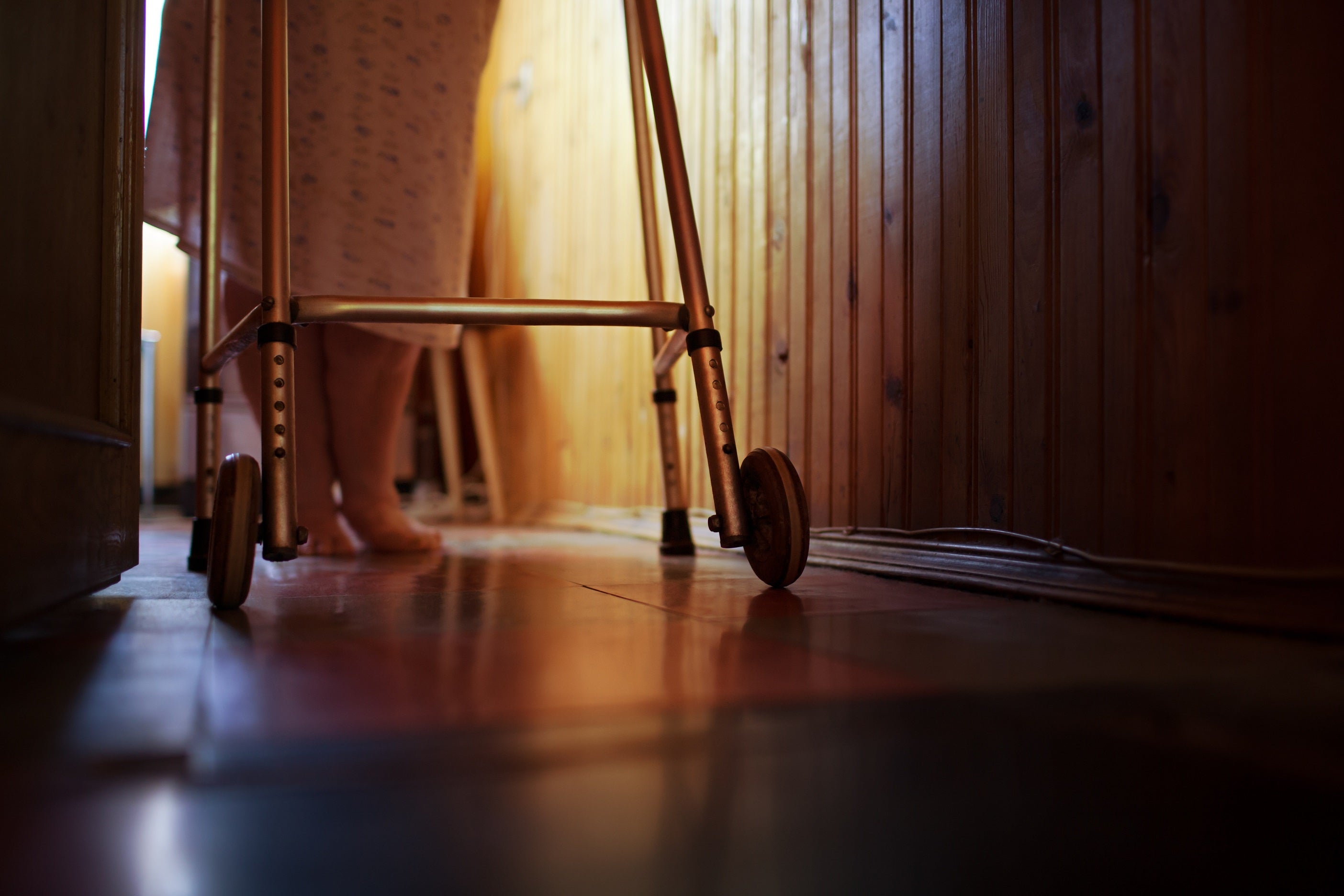
Every winter season brings in its wake a number of significantly increased health risks, particularly for elderly citizens. One recent study published in the international health and science journal Injury Prevention, for example, found that the risk of serious hip fractures increased by 27% during winter for those between the ages 65 and 79. Many of these wintertime fractures are caused by slipping and falling on ice and snow, and they lead to extended hospitalizations and are often life-threatening. In fact, nearly a quarter of such hip fractures lead to death within a year of their occurrence.
A second major danger for seniors during the colder months of the year is that of hypothermia. Hypothermia is considered to occur whenever body temperatures drop under 96 ºF (35.5 °C), and if not detected and corrected early on, it can lead to heart attacks, strokes, and frost bite. Conditions such as hypertension, arthritis, and Parkinson's disease can greatly increase the risk of hypothermia, and many seniors suffer from those conditions. Furthermore, certain medications for high blood pressure, colds, and allergies can also render seniors more susceptible to hypothermia.
Preventing Slip and Fall Accidents
Preventing dangerous slips and falls is a matter of eliminating or minimizing all potential risks. This will take forethought, organization, and a little effort, but it will make winter a much safer time of year for seniors who follow these practices:
- Make sure all outdoor surfaces you will be walking on are well lit. Black ice can be hard to see for anyone, but our eyesight weakens as we age and darkness makes black ice even more invisible.
- Watch each step because even slight irregularities in the pavement or small patches of snow and ice are serious slipping hazards.
- Wear shoes or boots that have grooved treads and will give you a good grip on the pavement.
- Consider attending a fall prevention program at a local community center or YMCA. The National Council on Aging can help you find a program nearby.
- Consider beginning some balance training exercises since they have been shown to reduce senior slip-and-fall incidents by as much as 37%.
- Keep a snow shovel and your winter salt supply near the front door for easy access, and salt paths both to your driveway and to your mailbox. Alternatively, you can invest in snow-melting mats that will eliminate the need for salting.
Avoiding Hypothermia
Hypothermia comes upon us slowly, and it may not be noticed immediately unless we are alert to its symptoms. Some signs that hypothermia is setting in include: shaking, numbness, dizziness, a lack of coordination, a weakened pulse, shortness of breath, and an irregular heartbeat. Some safety tips to use in avoiding hypothermia include:
- Set your thermostat at a minimum of 68 °F (20 °C), and warm up thoroughly before doing any snow-shoveling or other outdoor winter activities.
- Always dress warmly in layers, and especially be careful to use a hat and scarf since most heat escapes from the head and the neck.
- Drink hot beverages and eat hot foods before going outside, but don't eat a heavy meal within an hour of engaging in any strenuous work.
- Prepare for winter storms well in advance. This means stocking up on things like blankets, medications, canned goods, flashlights, and a battery-operated radio to use for weather reports. It also means pre-arranging for a relative to check up on you following all storms.
The elderly are particularly susceptible to slip-and-fall injuries and hypothermia during the winter season. Following some basic safety tips, however, will greatly reduce the risks that they face.


